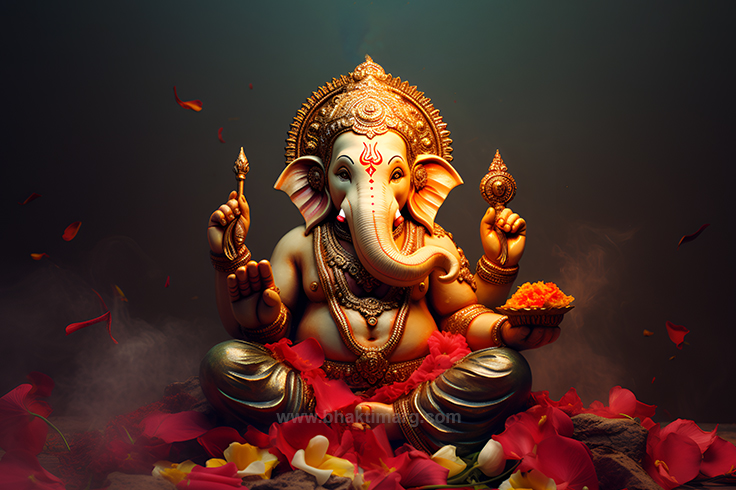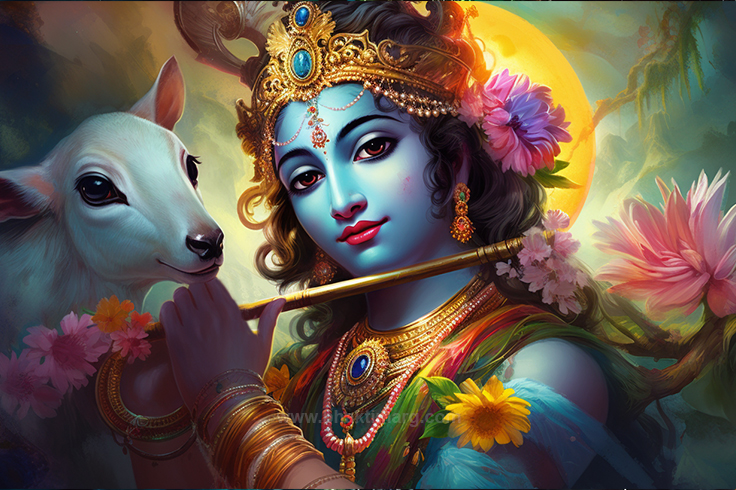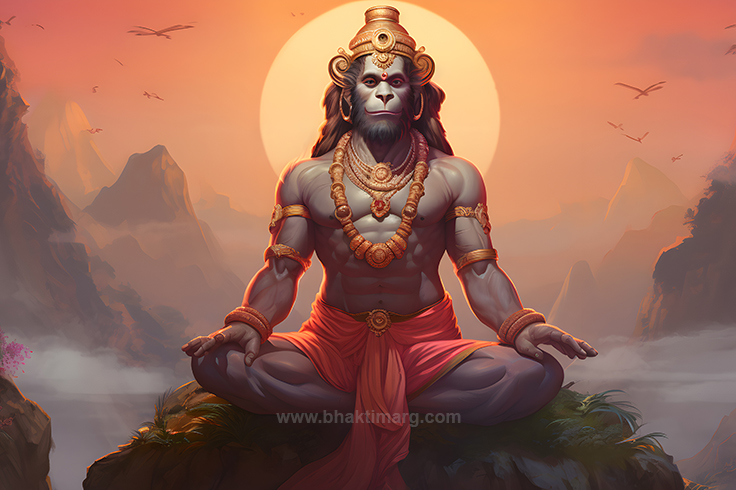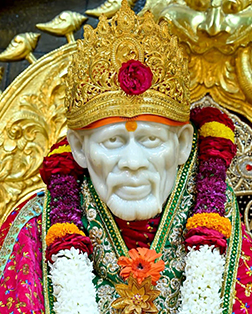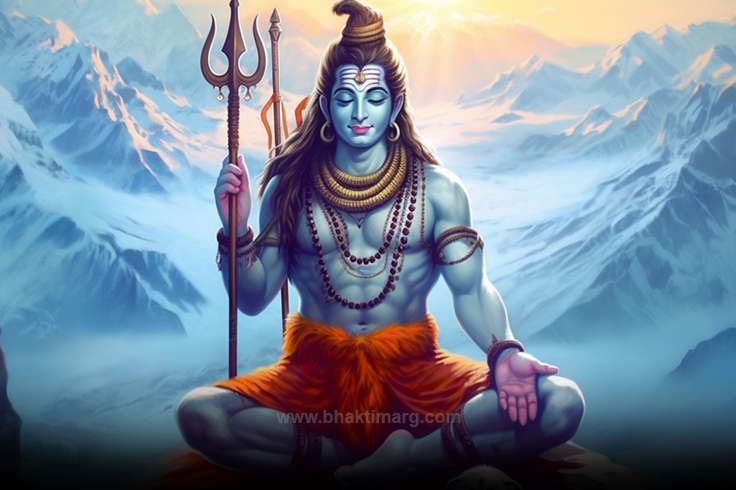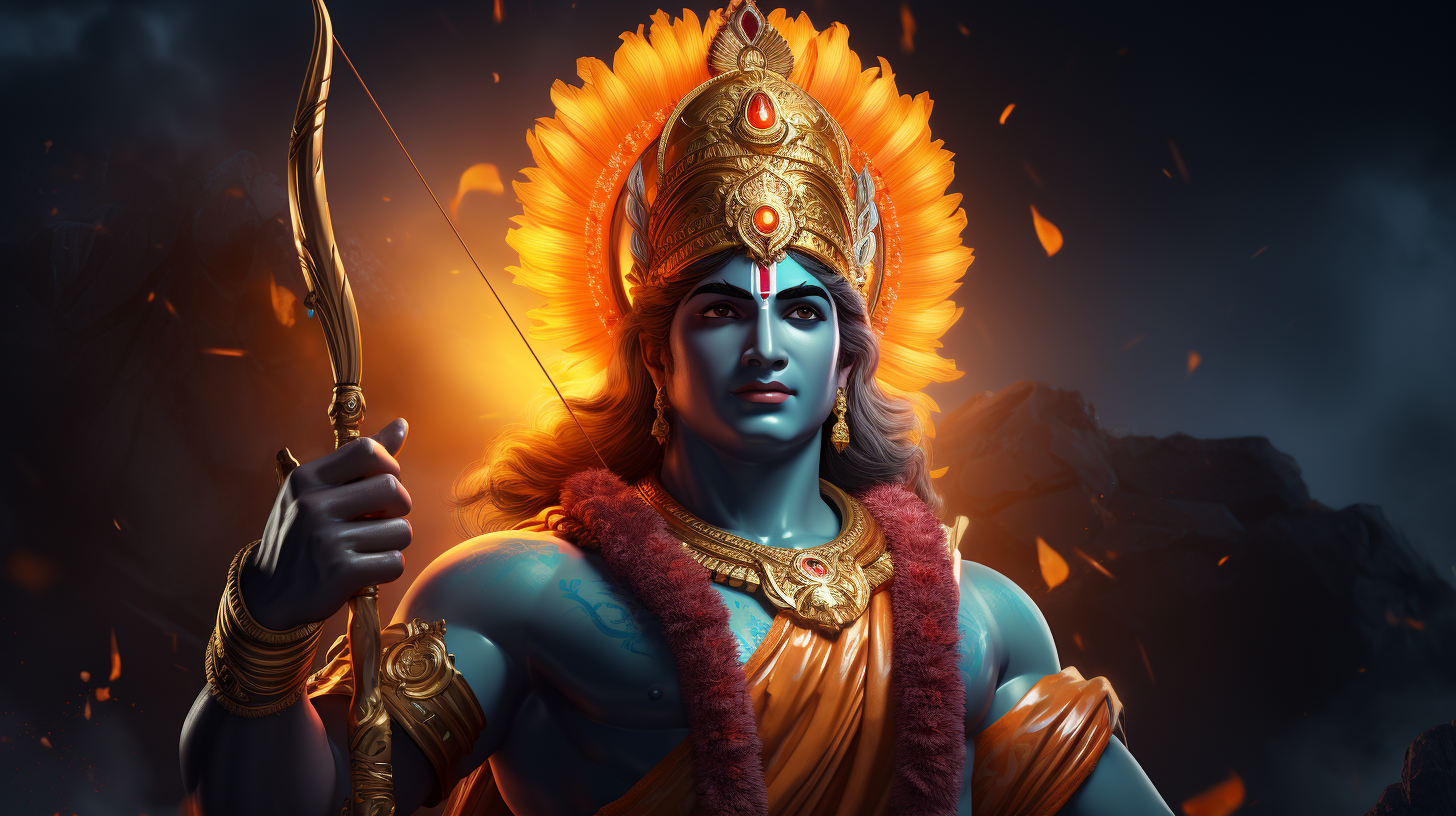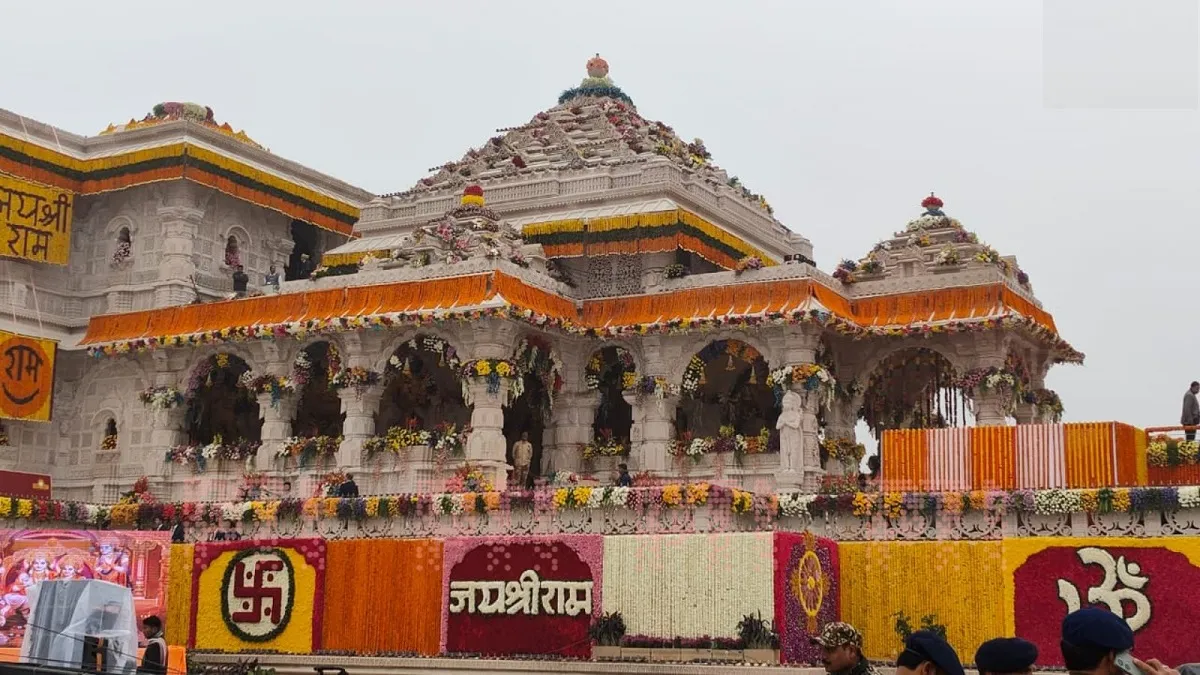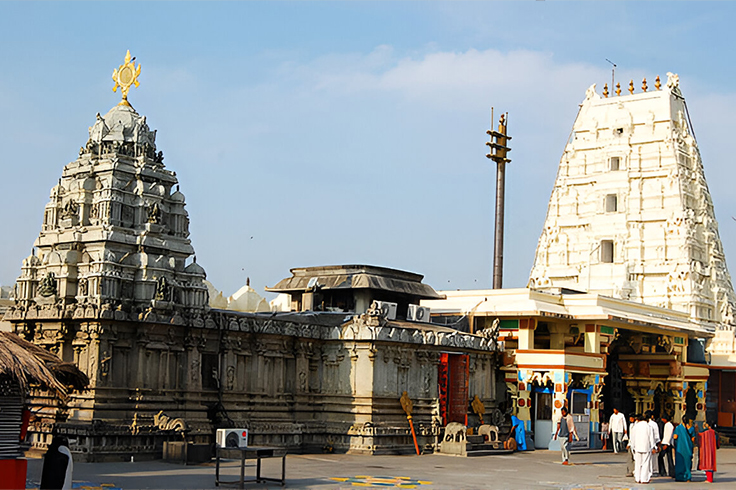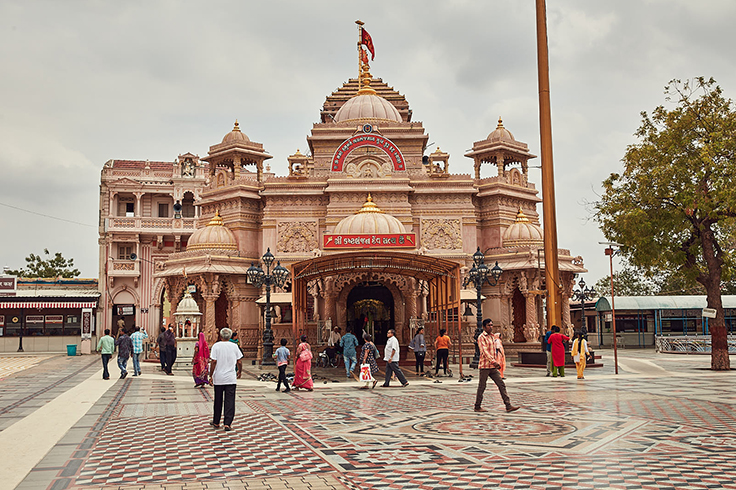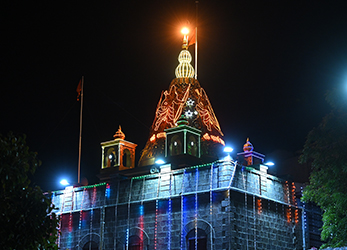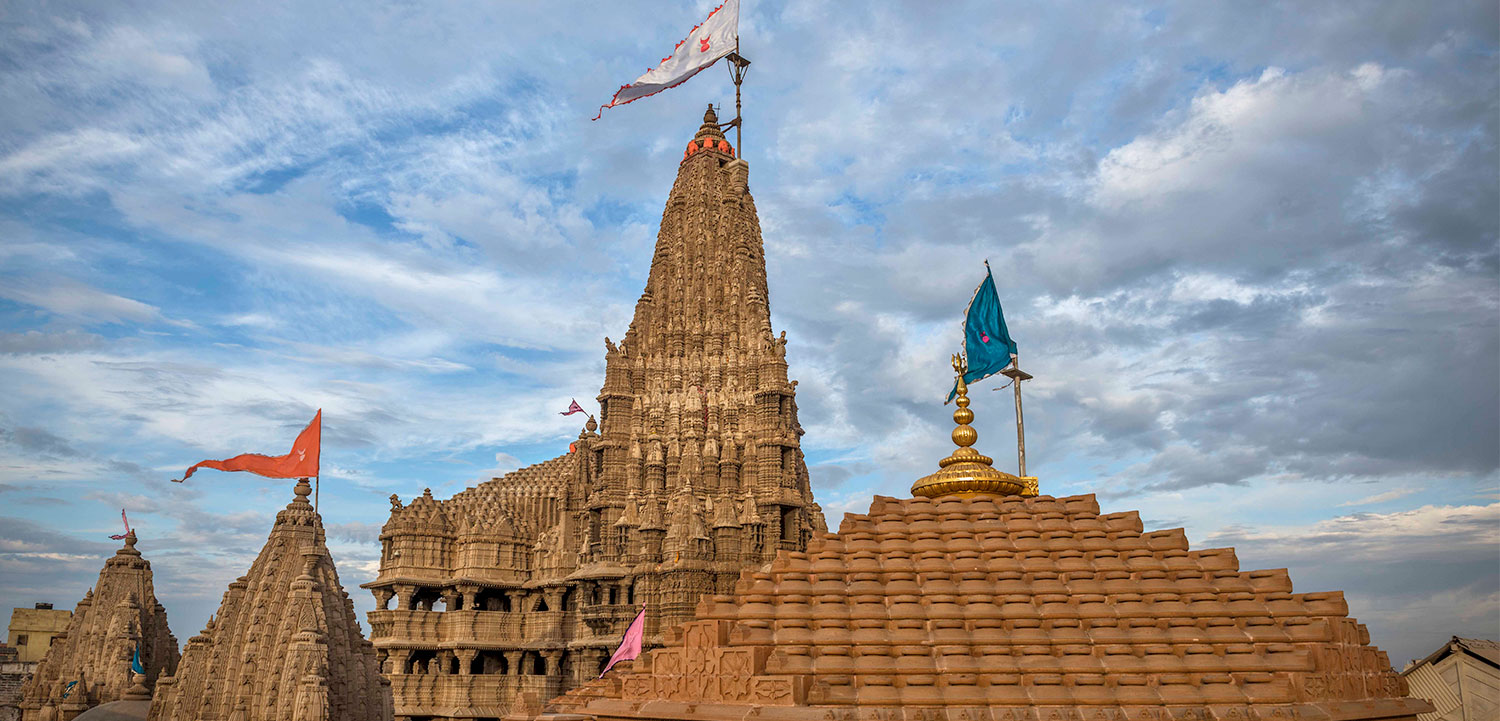Sankat Nashan Ganesh Stotram in English
Om Shree Ganeshay Namaha
Pranamya Shirasa Devam Gauri Putram Vinayakam.
Bhakthavasam Smaretrityamayuh Kama Artha Sidhaye ..1
Prathamam Vakratundam Cha, Ekadantam Dwitiyakam.
Tritiyam Krushna Pingaksham,Gajavaktram Chaturthakam ..2
Lambodaram Panchamam Cha ,Sashtam Vikatamev Cha.
Saptamam Vignarajam Cha,Dhoomravarnam Tathashtamam ..3
Navamam Bhalchandram Cha, Dashamam Tu Vinayakam.
Ekadasham Ganapatim, Dwadasham Tu Gajananam ..4
Dwadasaithani Namani,Trisandhyam Yah Pathenara.
Na Cha Vighna Bhayam Tasya,Sarvsiddhi Karam Param ..5
Vidhyarthi Labhate Vidhyam,Danarthi Labhate Dhanam.
Putrarthi Labhate Putran,Moksharthi Labhate Gateem ..6
Japet Ganapati Stotram,Shadbhirmasai Phalam Labheth.
Samvatsarena Sidhim Cha,Labhate Natra Sanshaya ..7
Ashtabhyo Brahmoyashr Likihitwa Yh Samarpayet.
Tasya Vidhya Bhavetsarva Ganeshasya Prasadatah ..8
The Ganpati Stotra is a collection of verses in praise of Lord Ganesha, one of the most important deities in the Hindu pantheon. Believers adore Ganesha as the God of wisdom and patron of the arts. Ganesha also recognizes true believers and removes obstacles from their path, rewarding their faith. The Stotras are thus adulatory hymns sung by devotees, praising Lord Ganesha’s power and glory and seeking his aid and blessings in their endeavors. When devotees chant Gapati Stotras like Sankata Nashanam Stotram every day, it destroys their sorrows and helps eliminate all obstacles that come on their way.
Ganesh devotees do not sing only one Ganesh Stotra. The Ganpati Stotras are not a single volume with a single composer. Instead, they are a compilation of pieces that emerge from various periods in the history of Indian civilization. Some have been passed down by word of mouth from ancient saints, while others have been written or inscribed by great scholars through the ages. The most recognized Stotras are written in ancient Sanskrit, and their wisdom has been preserved to this day by Sanskrit scholars and Hindu priests.
To true believers, stotras are not simply texts written to praise a higher power. The study and recitation of these verses is, to them, a way to engage in the connective tissue of the universe, to join into the stream of energy that flows from the heavens to the earth and back, to feel connected with the divine powers they worship and adore, and to join into a proud tradition established and upheld by several generations of their ancestors. Even besides the purported benefits of the Lord bringing prosperity, laying waste to their enemies, and taking away pain and suffering, the tradition alone is of tremendous importance to the devout.
History & Origin
Ganesh Stotra seemed to have evolved through the centuries. Various scholars, poets, and saints who had a profound respect and devotion towards Lord Ganpati have composed the stotras. It is difficult to provide precise historical details relating to these Ganesh stotras. According to ancient scriptures and tradition, the worship of Lord Ganesha dates back to ancient times and is mentioned in various Hindu scriptures, including the Vedas and Puranas. Ganesha’s symbolism as the remover of obstacles and the god of wisdom has made him a central figure in Hinduism. Many Ganpati Stotras were composed during the medieval period as part of Sanskrit literature. Prominent scholars and poets like Adi Shankaracharya, who lived in the 8th century CE, contributed to the composition of stotras dedicated to Ganesha. The Ganesh Pancharatnam is attributed to Adi Shankaracharya and is one of the earliest known Ganpati Stotras. Ganesh ji is the Lord of all good beginnings according to Hindu belief.
All auspicious occasions and events are incomplete without worshipping Lord Ganesha. Bhagwan Ganesh ki Aarti is chanted to demonstrate a deep love for Shri Ganesh. It is an effective way of singing in praise of the deity. Ganesh helps his devotees by eliminating all hurdles. He is worshipped worldwide. Hinduism has numerous diverse sects, yet each is dedicated to Lord Ganpati. Customs demand that Ganesh is offered prayers first before any other deity. Everyone wishes to run ventures that are risk-free. Ganeshji guarantees risk-free enterprises.
The Ganesha Stotram starts with the ‘Ajam Nirvikalpam Niraakaaramekam’. It is the description of Lord Ganesha as Ajam or unborn, Niraakaar or formless, Nirvikalpa or attribute-less since Ganpati represents absolute consciousness and restores order in this world. When chanted by devotees on the eve of the auspicious Ganesha Chaturthi or Ganesh Mahotsav, Ganpati Stotram proves excellent for gaining ultimate knowledge. When chanted with great devotion, perfect diction, and proper pronunciation, it helps to amplify the blessings of Lord Ganpati.
There are many well-recognized pieces in Ganpati Stotra. Vakratunda Mahakaya, is a prayer that expresses awe at Ganesha’s form, his powerful visage, his twisted trunk, and his immense aura that paves the way for boundless miracles. Sankat Nashan Ganesha Stotra said to be composed by the great sage Narada, is an appeal to the great elephant-faced God, begging for his protection and trusting in him to obliterate difficulties in one’s life.
Ganesh Pancharatnam, composed by the great Vedic teacher Adi Shankaracharya, is a piece in five verses that attempts to describe the tremendous power and grace held by Shree Ganesha. He is described as great and merciful, a protector of those who submit to him, and a wise and radiant God. He is described as a lover of peace and virtue and also, who can take on a frightening form if evil presents itself before him. The verse suggests his true form is beyond even the wildest imagination of the most fervent devotee, but they continue to sing his praises and honor his divine presence in the hopes that their dedication is rewarded with his blessings.
Ganesh Atharvashirsha, a Stotra from the Atharva Veda, is one of four seminal scriptures of ancient Hindu knowledge. The person chanting this Stotra offers their undying faith and devotion to the great Lord Ganpati. They declare his word as divine law and him as the center of their universe- the point from which absolute, unquestionable reality springs forth. They then seek a series of blessings from Ganpati Bappa, appealing to his status as a protector of truth and justice.
Ganpati Stotras also played a role in shaping the cultural fabric of different regions in India. As the worship of Lord Ganesha gained popularity, local customs, and practices influenced the composition and recitation of stotras. These stotras became an integral part of festivals like Ganpati Chaturthi, where they are recited with fervor.
Practice
The primary purpose of reciting Ganpati Stotras is to express devotion, reverence, and gratitude to Lord Ganesha. These stotras are believed to invoke Ganesha’s blessings, seek his guidance, and remove obstacles from one’s life. Ganpati Stotras are recited during various occasions and festivals, with Ganesh Chaturthi being one of the most prominent. During Ganesh Chaturthi, elaborate rituals and ceremonies are performed, and devotees chant stotras as they offer prayers, perform Ganesh ki Aarti, and immerse Ganesha idols in water bodies. Many individuals incorporate the recitation of Ganpati Stotras into their daily prayer routines. Devotees may start their day by chanting stotras as a way to seek Ganesha’s blessings for a successful day and to overcome challenges.
Devotees offer aartis in praise of Lord Ganesha to appease the Lord. Devotees verbally chant the stotras, either alone or in a group setting. The rhythmic and melodic chanting is believed to create a spiritual ambiance and help in focusing the mind on the deity. Along with the recitation of stotras, devotees often make offerings such as flowers, incense, fruits, and sweets to Lord Ganesha as a sign of devotion and respect. Ganpati Stotras is a way for devotees to establish a direct link with Lord Ganesha, seek his blessings, and strengthen their spiritual connection. It fosters a sense of devotion, inner peace, and a belief in the power of divine intervention.
Significance
Ganpati Stotras enable devotees to establish a deep and personal connection with Lord Ganesha. By reciting these verses with devotion and reverence, individuals can express their love, respect, and gratitude toward the deity. Lord Ganesha is renowned as the “Vighnaharta,” or the remover of all obstacles. Reciting Ganpati Stotras is believed to invoke Ganesha’s divine intervention to eliminate hurdles, challenges, and difficulties in various aspects of life.
Devotees believe that Ganesha’s blessings can help remove obstacles, grant success, and bring auspiciousness into their lives. Ganpati Stotras are an integral part of Hindu heritage, culture, and traditions. They are chanted with deep devotion during festivals like Ganesh Chaturthi and other religious events or celebrations dedicated to Lord Ganesha.
These stotras help preserve cultural heritage and strengthen the values and bonding with Ganpati. Chanting the stotras can help devotees experience a sense of inner peace, devotion, connection, and bonding with the divine force. It is an effective way of cultivating mindfulness, reducing stress, and finding the road to spiritualism.
What Are the Benefits of Chanting Ganapati Strotra?
Reciting the Ganpati Stotras can offer a broad spectrum of benefits to true Ganpati devotees. Reciting Ganpati Stotras is believed to invoke his divine intervention, helping to overcome hurdles and difficulties in various aspects of life, whether they are physical, emotional, or spiritual. You can chant these Stotras to boost your mental faculties. It is effective in promoting clear thoughts and instilling a thirst for knowledge.
When you chant Ganesh Stotras before starting a new venture or performing critical tasks, you can rest assured of getting the abundant blessings of Lord Ganpati. You can expect an auspicious beginning and grand success.
When professionals and students chant Ganesha Stotras with dedication and sincerity, it will be effective in boosting their focus and concentration and improving their attention span, efficiency, and overall productivity. Moreover, you can experience ultimate peace of mind. When you recite Ganpati Stotras, you can express a dramatic reduction in restlessness, anxiety, and stress.
What are you waiting for? It is high time you started reciting the sacred Ganesh Stotras for boosting personal development, experience communion with the divine energy, and overall spiritual well-being!



